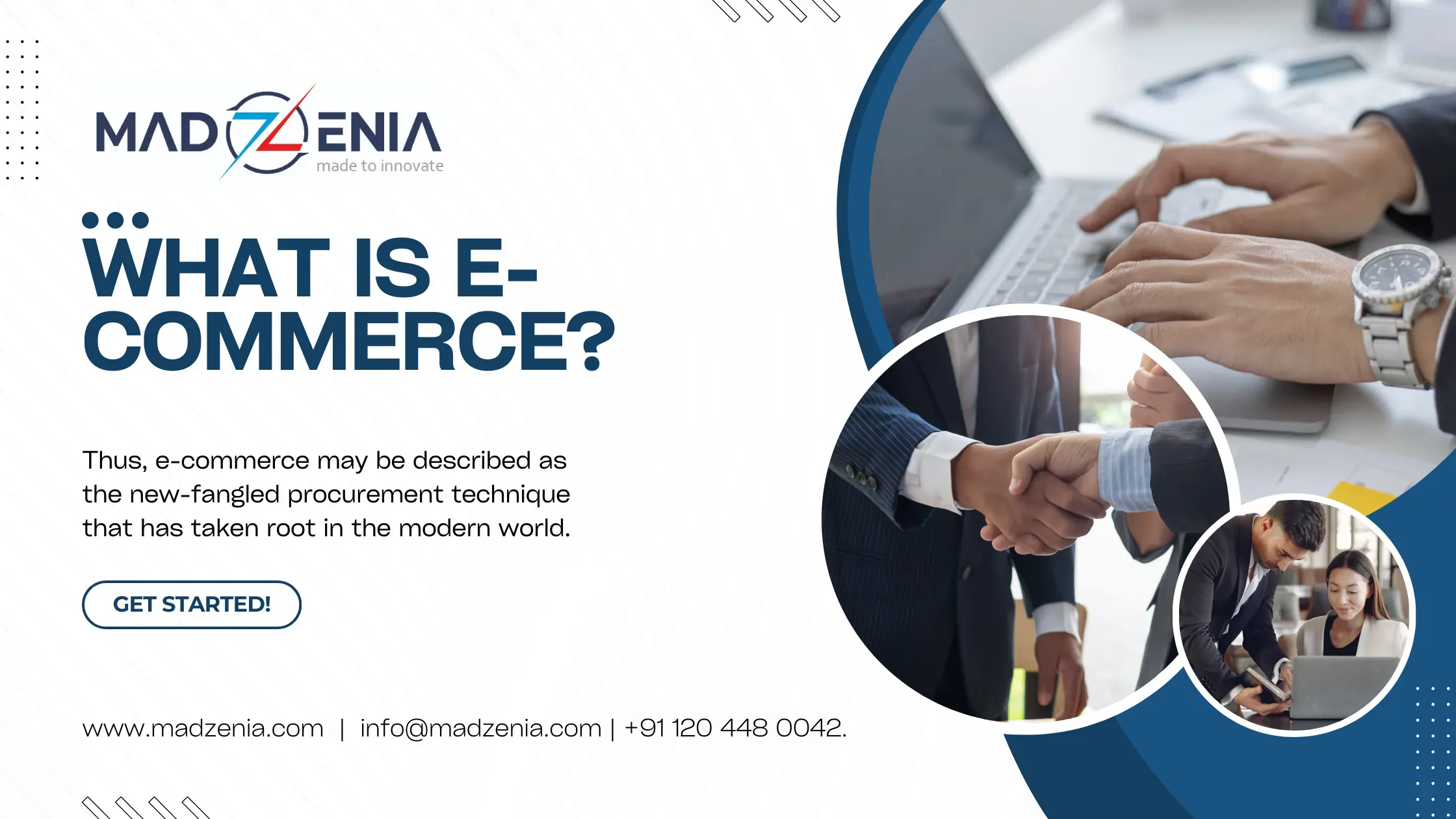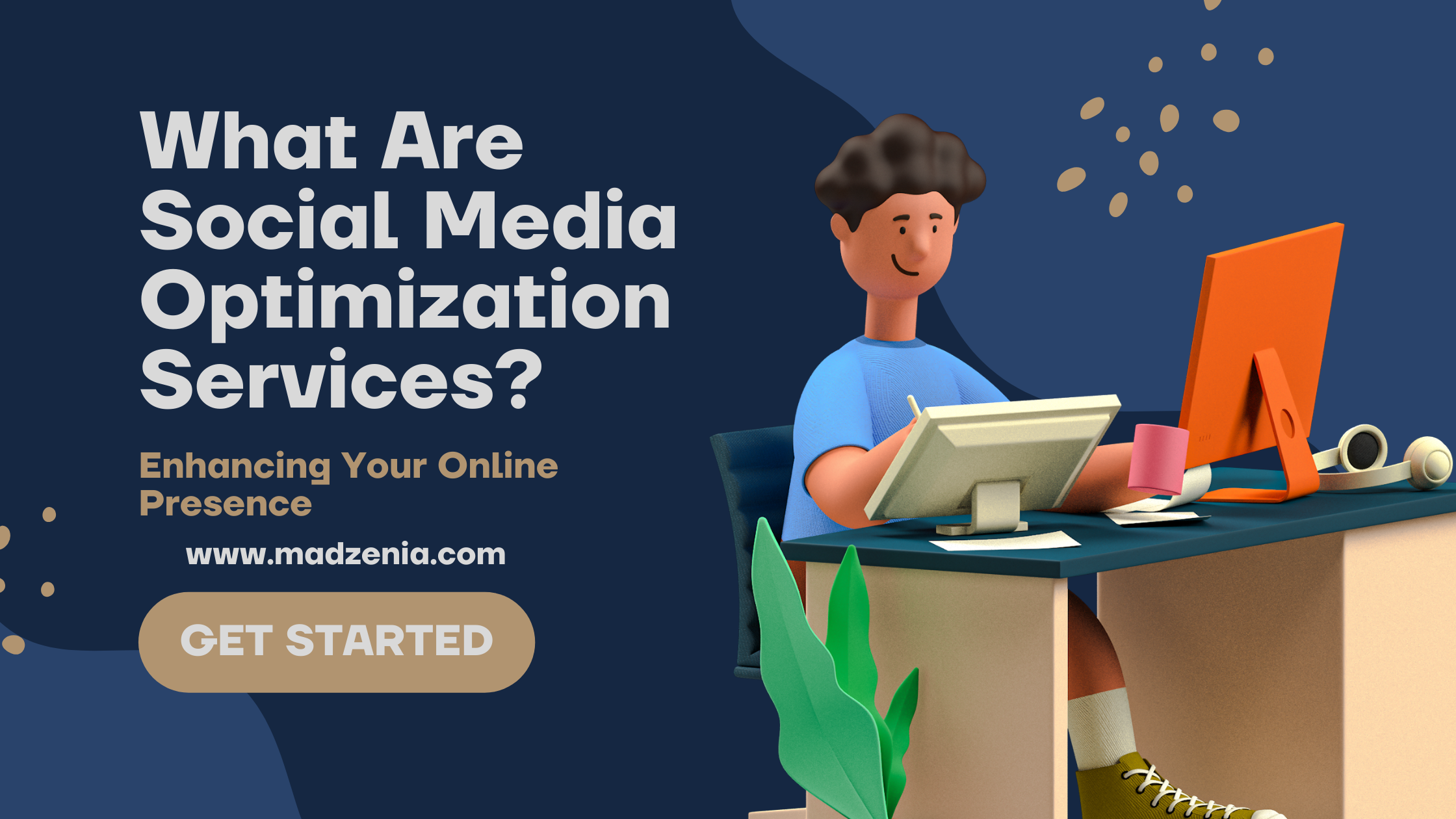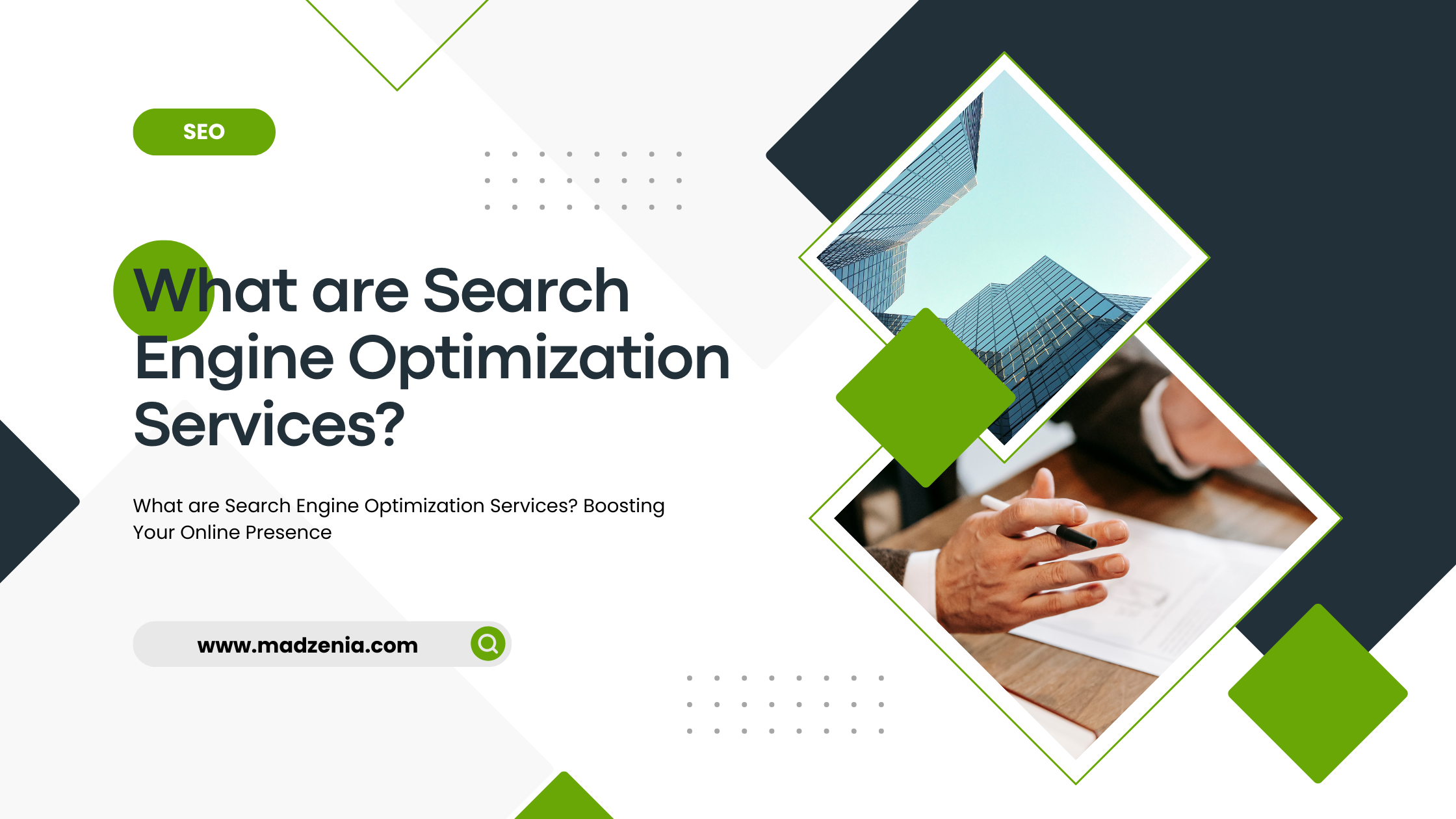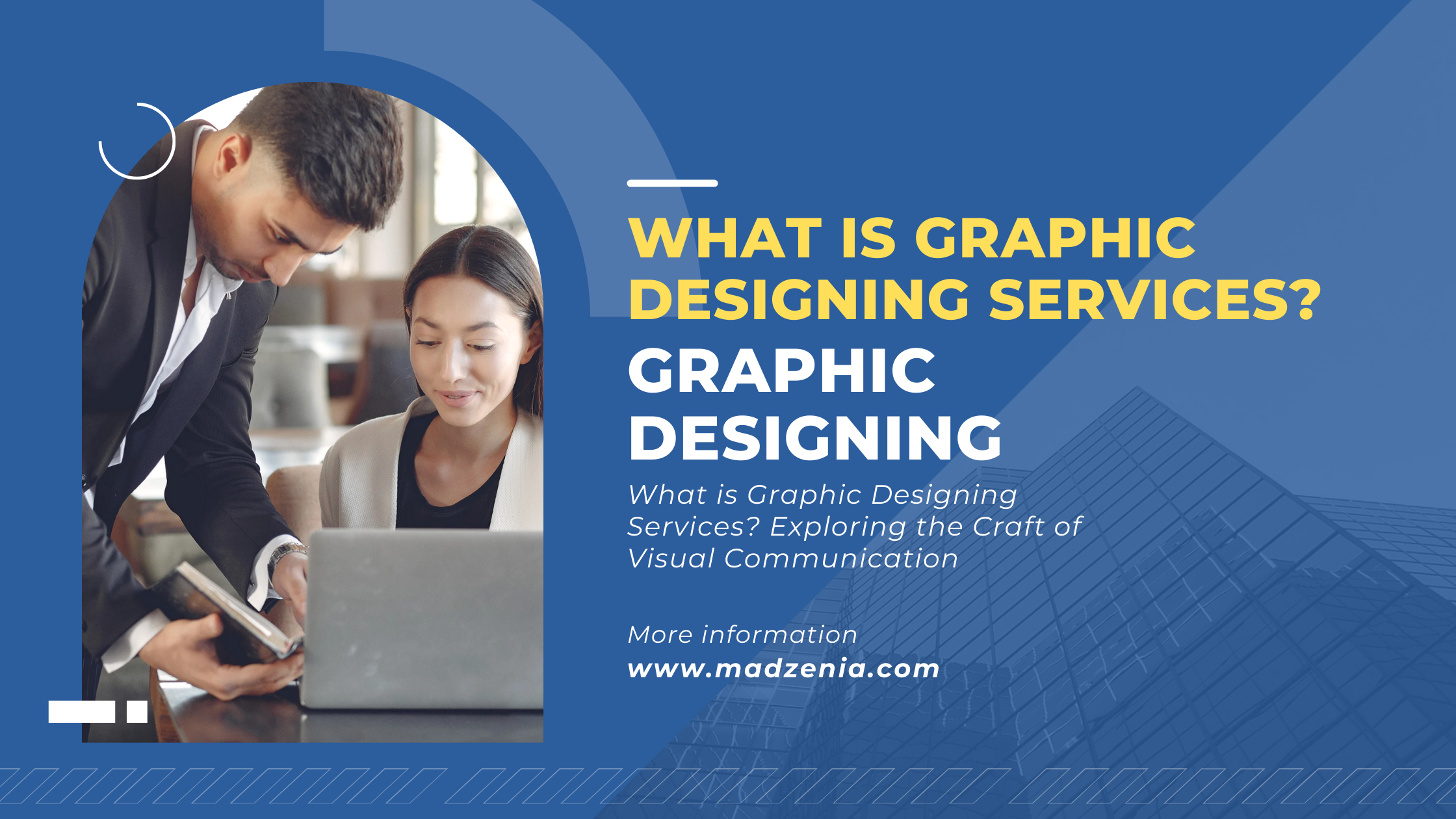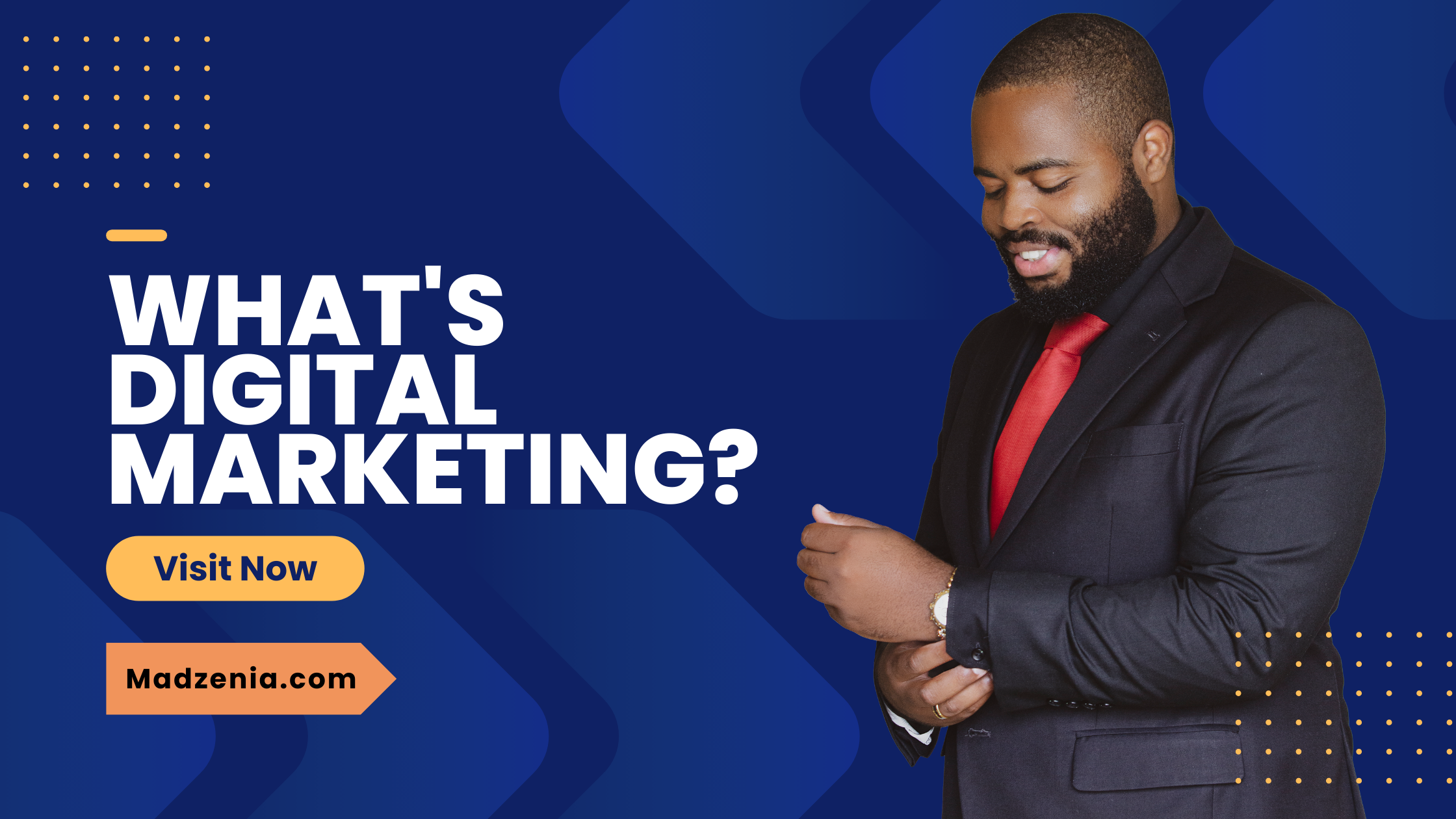What is E-Commerce Services?
Thus, e-commerce may be described as the new-fangled procurement technique that has taken root in the modern world. E-commerce Services has the meaning electronic commerce and it is the business activities that involve using the internet for transacting with customers and suppliers. This entails, buying goods and services online, electronic commerce, making financial transactions through the Internet, and even online trading. Such a shift in consumers’ perception is important for both the business entities and customers to know as e-commerce services merges the world economy.
The Evolution of E-Commerce
Let me make my first submission that e-commerce has evolved over the years. The first online transaction occurred in the year 1994 and from this time onwards the sales have tremendously increased. Many of the original systems were basic and theoretically restricted in their capabilities, compared to today’s complex e-commerce systems that provide convenient purchasing experiences.
Types of E-Commerce
E-commerce can be broadly categorized into several types, each serving different market needs:
Business-to-Consumer (B2C):
- This is the common type of e-commerce known as Business to Consumer especially in the selling of individual products. Businesses make sales of various goods and services to the final customers. These are web sites of the well-known on-line shops such as Amazon.com, eBay.com and so on as well as the web sites of the particular brands.
Business-to-Business (B2B):
- As the name suggests, in B2B e-commerce one business firm deals with another business firm directly. This could imply wholesalers retailing their products to other wholesalers or manufacturers selling spare parts to other manufacturers. Thus, the like of Alibaba specialize in B2B selling.
Consumer-to-Consumer (C2C):
- C2C e-commerce entails online trading where the buyer and seller are both consumers. Such transactions include buying and selling of items, and those that involve persons such as eBay and Craigslist.
Consumer-to-Business (C2B):
- This model enables consumers to supply products and/or services to businesses. Independent markets such as Upwork and Fiverr are examples where people provide services to organizations.
Business-to-Government (B2G):
- B2G e-commerce can also be defined as a business-to-government form of buying and selling where businesses sell products to government organizations. This can for instance be public tenders which involves awarding of contracts for business by the government.
Benefits of E-Commerce
E-commerce offers numerous benefits that have contributed to its rapid growth:E-commerce offers numerous benefits that have contributed to its rapid growth:
Convenience:
- Distance buying or selling products is easy due to e-commerce since the consumer can buy products from the comfort of their homes. This feature allows the firm to sustain a 24/7 business which is convenient for customers when making their purchases without being limited by physical business operating hours.
Wide Selection:
- It’s simultaneously executed that virtual shops usually offer more commodities in terms of their availability as compared to the physical shops. It is easy for consumers to compare prices and appearances of the product before arriving at their desired decision.
Cost Savings:
- Consequently, e-commerce has the potential of cutting the expenses for players in the market and the consumers. Since the e-establishment doesn’t require actual stores, businesses are able to cut on many overhead costs, and consumers benefit from low prices as well as online promotions.
Personalization:
- AI and data analysis help e-commerce selling sites to differentiate the shopping experience according to the buyer. Customer satisfaction is improved when recommendations are given based on the customer’s past purchase and browsing history.
Global Reach:
- Depending on the product, geographical barriers are removed by e-commerce hence it can access a global market. This makes new markets and business opportunities for business of all classes to grow.
Challenges of E-Commerce
Despite its benefits, e-commerce also presents challenges that businesses need to address
Security Concerns:
- A lot of details of demands and supplies happen online and therefore security of those transactions cannot be overemphasized. Due to the increasing cases of data theft and the vulnerability customers’ data poses to cybercriminals, businesses have no option but to strengthen their security features.
Logistics and Fulfillment:
- Hence, optimal delivery and order picking play a vital role in the delivery of satisfactory services to the customers. Logistics procedures like delivery may also go wrong hampering the experience of customers.
Competition:
- During the e-commerce entry level competition is always high because any merchant with products can easily enter the e-commerce market. Companies should bring a new approach to the companies’ differentiations in terms of value added proposition, services, and marketing.
Technology Dependency:
- Technology is an important factor with e-commerce business. Every organization is bound to be affected by systems failures, glitches, and website outage that will hinder the flow of business and sales.
The Future of E-Commerce
The prognosis for the future of e-commerce is fairly positive due to the constant evolution of technology in the industry. The e-commerce environments evolution, of which mobile commerce, social commerce, and artificial intelligence are some of the trends which might shift the face of e-commerce. Also, issues of sustainability and ethical selling are on the rise as consumers sensitize themselves on the consequences they impose on the natural environment.
Conclusion
E-commerce Services is a fast-growing and constantly developing field which has become an essential part of the contemporary economy. The advantages of Procast include convenience, its array of options, affordability, the ability to individualize, as well as the global requirements that amount to it being a very important part of the economy. Thus, with the increasing development of IT, electronic commerce will persistently develop as the new prospects and questions in the commerce production line for business as well as for the buyers. Learning about e-commerce is something that should be executed by anyone willing to abide to the rules of the social-networked world.
Read More
